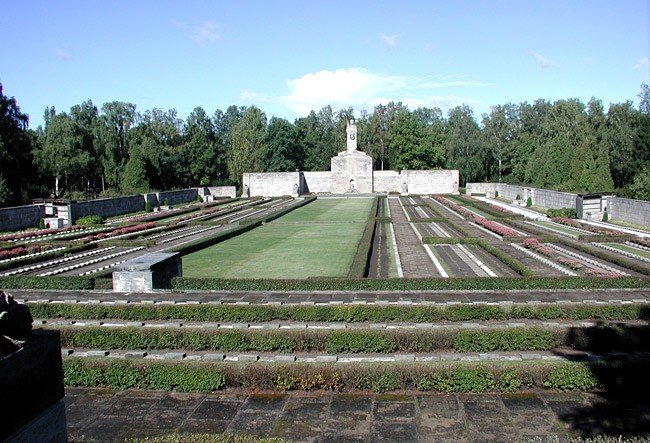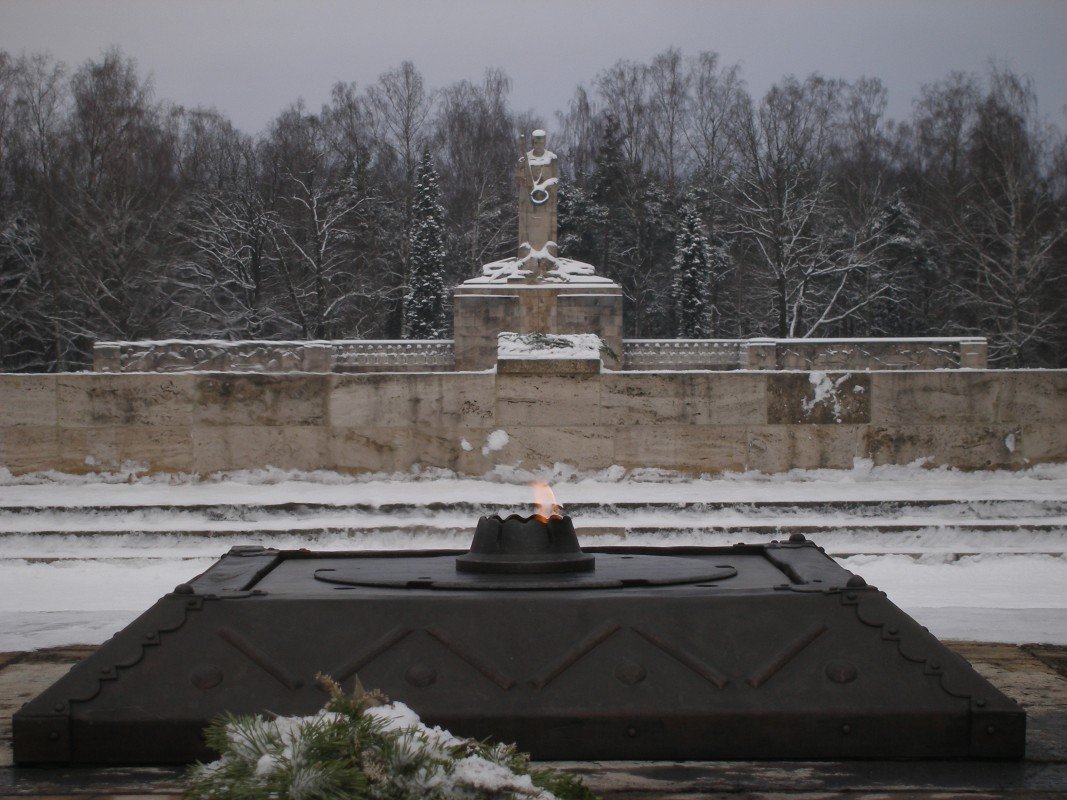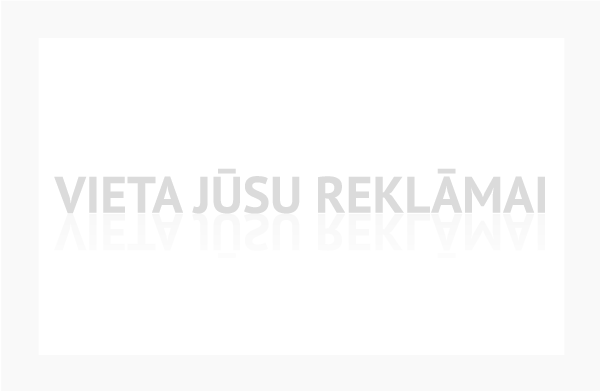Brothers' Cemetery Add an Object
Riga Brothers' Cemetery is a national memorial ensemble where approximately two thousand soldiers are buried. Although the cemetery was officially consecrated only in 1936, on September 26, 1914 Riga City Council received a request stating that fallen soldiers in each city should be buried in designated cemeteries and in one place. In 1921, a closed competitionwas held. At the end of 1922, the competition was repeated, this time inviting Kārlis Zāle, who had arrived in Riga to participate in the competition for the project of the Freedom Monument, which also won the closed competition. The first draft was developed by sculptor Kārlis Zāle, architect Aleksandrs Birzenieks, Pēteris Feders, and Andrejs Zeidaks. On November 18, 1924, the foundation stone for the construction of Riga Brothers' Cemetery was laid in a ceremonial ceremony. The architectural work was supervised by Pēteris Feders. The first group of dying knights was unveiled on November 20, 1927, and the second on September 2, 1928. The figure of the Mother was unveiled on October 13, 1929. In 1930, the construction of the gate began, and later four soldier figures with wings, representing the four regional heraldic symbols, were created. In 1936, the final wall was carved with the coats of arms of Latvian cities and 19 districts. The cemetery was solemnly consecrated on November 11, 1936, on Lāčplēsis Day —, in the presence of the President of the State and the government.
Location on the map
Location:
Address: Brāļu kapi












